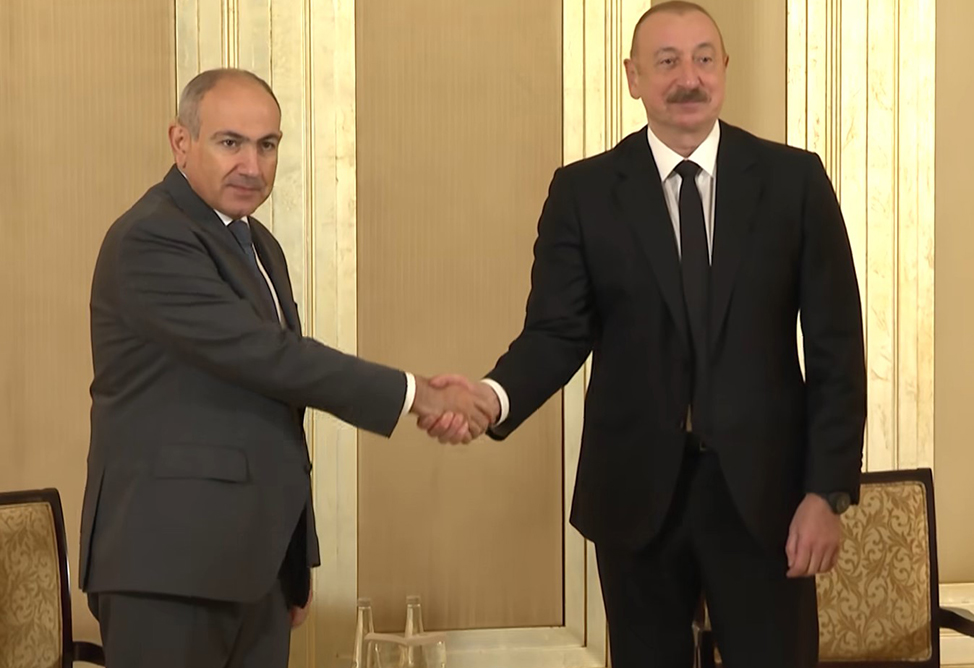Armenian labor migrants to save about $15 million every year after accession to EEU
10.02.2015,
13:47
After Armenia became a full-fledged EEU member on January 2, 2015, Armenian citizens will enjoy the same rights to work in the Russian Federation as the Russian nationals.

YEREVAN, February 10. /ARKA/. After Armenia became a full-fledged EEU member on January 2, 2015, Armenian citizens will enjoy the same rights to work in the Russian Federation as the Russian nationals. In his exclusive interview to ARKA News Agency the head of Armenia’s state migration service Gagik Yeganyan spoke about the advantages this would give to the labor migrants and about how the problems of the ‘black’ list migrants would be solved.
ARKA – Mr Yeganyan, as from January 2, 2015, Armenian citizens enjoy the same rights to work in Russia as the Russian nationals. What opportunities does this open up to them?
G. Yeganyan – The mere fact that Armenians working in the territory of Russia do not need to buy work permits anymore, save about $15-16 million to them every year. According to our information, more than 200,000 labor migrants paid a total of about $15 million in 2014. As per the EEU agreement, our citizens will be socially secure in the framework of the laws of the EEU member states. In particular, they will be able to take advantage of family benefits, emergency medical care, and their children will have the right to study in schools. Pensions will be a matter of special discussion.
ARKA – How the problem of Armenian citizens found in the ‘black’ and banned from entering Russia is solved?
G. Yeganyan – Since June 2014 Armenia’s state migration service has received over 4,000 applications from people who are banned from entering Russia. More than 3,000 of them have been sent to the Russian federal migration service. It is worth to mention that the Russian side shows goodwill, and about 22 percent of the requests is approved. According to the Russian sources, today over 3 million people are on the list of migrants who violated the Russian federation laws and were banned from entering the country. Of them, 180,000 are Armenian citizens. About 50-60,000 people have already left Russia, and most of them returned to Armenia. Armenia’s state migration service and the Russian federal migration service reached an agreement to solve the problems of these citizens. Armenian nationals have to apply to us, the state migration service, for lifting the ban. Then the application, after consideration, is sent to the Russian migration service.
ARKA – Which category of citizens may expect a positive outcome above all?
G. Yeganyan – Cases of family reunification, medical treatment and education are considered first of all.
ARKA – Has the state migration service exact statistics on the number of labor migrants who left for Russia in 2014? What is the dynamics compared to the previous years?
G. Yeganyan – There is no exact statistics, only rough estimates.
ARKA – According to some Russian media outlets, labor migrants produce at least 8-10% of the Russian GDP, and that each migrant leaves 4-5 dollars in Russia, compared to one dollar sent to the homeland. Have there been any studies conducted on efficiency of Armenian labour migrants in Russia?
G. Yeganyan – No such studies are conducted. There is one thing I can say – in order to send one dollar to their homes our migrants invest approximately $7 in the Russian economy. If, let’s say, transfers from Russia to Armenia amount to $1.5 billion every year, we can calculate roughly how much is left in Russia.
ARKA – May quotas be introduced in Russia in future for Armenian labor migrants in particular?
G. Yeganyan – It cannot be done for the Armenian labor migrants, as Armenia is a full-fledged member of the EEU, which implies that no restriction should exist to free movement of labor. As to the other countries that are not members of the EEU, certain quotas exist, and they are handled through permits.
ARKA – Is it possible labor migrants from other EEU countries may appear in Armenia?
G. Yeganyan – Armenia is not attractive to labor migrants, and no inflow is seen. At least now. Due to a number of factors, the level of economic development, pay levels, general socioeconomic situation in other countries in particular.



